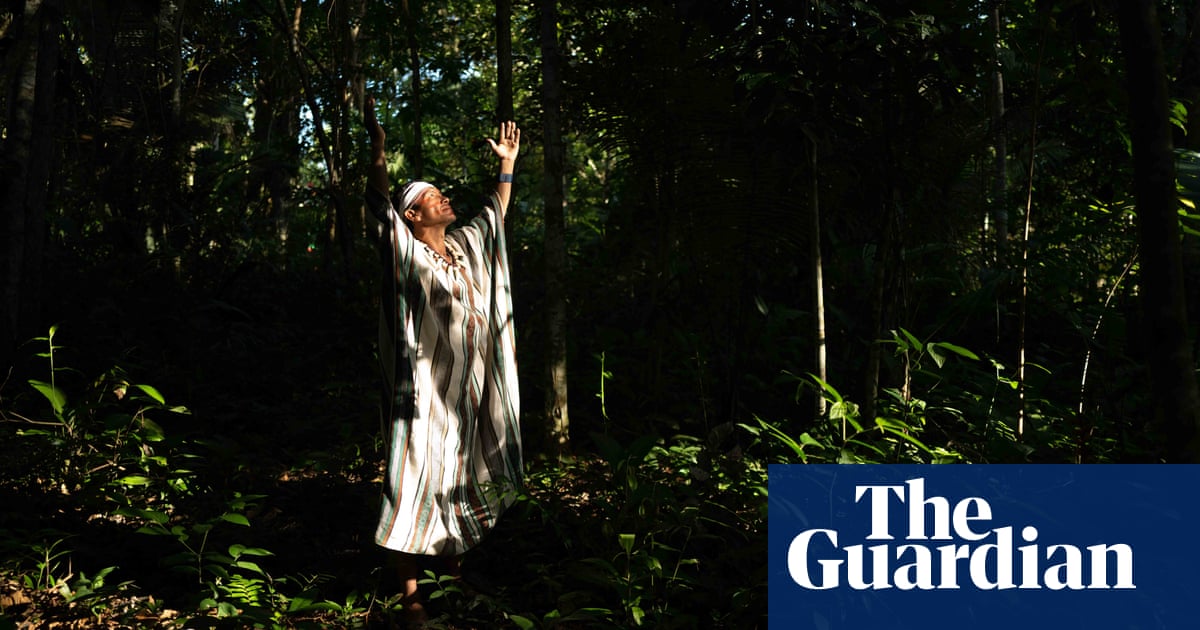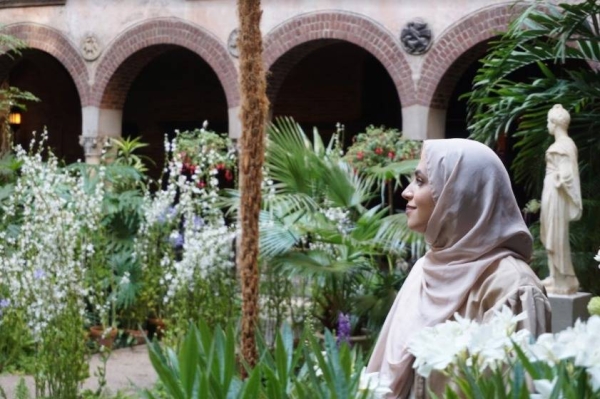
Indications suggest presence of human settlement at the site before 10th Hijri
RIYADH: The village of Rijal Alma has finalized its submission for the UNESCO’s World Heritage List and is now awaiting the arrival of experts from the UN International Organization for Culture, Arts and Heritage.
The importance of the historical and archaeological village lies in its cultural depth and prominence in trade and architectural arts, represented in tall fortresses that combine beauty and expertise. The space is exploited in a remarkable way, where eight blocks rise on a small surface, forming a united bloc with various fluctuating heights, reaching six floors at times, meticulously decorated from the inside and the outside.
Visitors can reach the village of Rijal via several roads, the most important of which is Aqabat Sama, linking Abha and Rijal Alma through the famous tourist Sawda Center in Saudi Arabia. There are also two other roads leading to Rijal, linking it to the province of Muhayil Asir and the Hobail leading to Ad-Darb province in the Jazan region.
The researcher Mohammed Hassan Gharib wrote about the history of the village and its development. He pointed out that “the evidence of civilization is depicted in buildings, roads, reserves, agricultural planning, wells, crowded cemeteries and in what has been revealed in terms of underground houses in valleys and coal in one of the 30-meter-deep wells dating back to 1375 AH in the neighborhood of Asla. This gives definitive indications of settlement and human presence in the village before the 10th Hijri century and depicts the stages of growth and prosperity.”
Gharib confirmed that the old commercial dimension of the village was the most famous in the region: “The traders in this region reached far regions and the sailboats that they used to rent to transport goods from Aden, Hodeidah and Habashah (Ethiopia) remained in the Red Sea, loaded with products and goods they bought from these areas, which made them an important economic power.” He added that the Rijal village has remained for a period of time, the destination for traveling traders coming from the ports of the Red Sea, especially from its local and foreign trade centers, and it also remained the favorite destination for those coming from Jeddah, Qunfudah and Qahma, Jazan, Hodeidah, Aden, and some of the east coast countries on the African continent like Djibouti, Massawa and Ethiopia.
Gharib said that the goods sold in the shops of the village at that time were Indian, Egyptian, Yemeni, European and African commodities. They even used to sell products from East Asia, such as from Japan and China. Some of them used to mix many trades together, such as food, grains, household items, spices, perfumes, jewelry and others.
The Rijal village has undergone various stages of development including an open theater that extends over an area of 615 square meters, and can accommodate about 1,000 people.
Documenting the heritage of the Alma province started while establishing one of the oldest museums in the Kingdom: The “Alma Museum of Heritage” in 1985, in one of the fortresses of the village. This museum has 2,800 pieces distributed in 12 rooms, each devoted for a particular type of heritage such as agricultural tools, clothes, jewels, old cooking utensils and accessories, ancient education tools and many other aspects related to ancient life, in addition to some rare manuscripts.
Gharib said: “The museum was created in 1405 AH upon the initiative of the people of the province to preserve the heritage of the region. Al-Alwan fort was chosen to be renovated in the Rijal village and it is one of the largest fortresses. The villagers in Rijal collected old artifacts donated by the people, and women in the village have also contributed to this work, under the supervision of Alma artist Fatima Ali Abu Qahas. Many women donated their old jewelry and adornments. The work at the museum was completed and then inaugurated by Prince Khaled in Asir in 1407 AH. The museum has become a cultural touristic hub since then.”
KSA"s aid agency gives $1.9bn in international aid
The center has also provided health and food aid to the Yemeni people. (SPA)
Updated 3 min 12 sec ago
Arab News
October 30, 2018 22:57
20
KSRelief launched its activities in May 2015 under the guidance of King Salman
JEDDAH: The King Salman Humanitarian Aid and Relief Center (KSRelief) has provided financial aid to 457 developmental projects — amounting to $1,901,539,026 — in cooperation with 125 partners.
The projects covered food security with 162 projects worth $532,992,642 and 127 health-related projects worth $447,330,704.
KSRelief provided funds for 29 early-recovery projects with a total value of $120,276,571, 22 other projects worth $106,436,742, 25 water and environmental sanitation projects worth $126,938,242 and 24 housing and non-food projects worth $118,086,654.
KSRelief has also provided funds for many other projects involving support and coordination of humanitarian operations, protection, logistics, nutrition and emergency communications.
According to the monthly statistics bulletin issued by KSRelief, the center has provided assistance and funds in Yemen through the implementation of 277 projects, with a total value of $1.65.926.589 from May 2015 until the end of August 2018.
The center’s humanitarian and relief work reached Rohingya people displaced within Myanmar and those who sought refuge in Bangladesh. With the participation of five partners, the center implemented 12 projects there worth $16,504,421 from May 2015 until the end of August 2018.
With the help of 14 partners, KSRelief has implemented 44 projects to mitigate the suffering of the Syrian people, worth $78,303,271. The same applies to Somalia, with seven projects worth $16,828,628.
In August 2018, the center provided aid amounting to $500,000 to the government of Yemen through the national committee investigating allegations of human rights violations in Yemen.
The center has also provided health and food aid to the Yemeni people.
In August 2018, the center implemented a project in the northern countryside of Aleppo, targeting young men and women and providing vocational training and computer classes for them, as well as launching a project to rehabilitate public utilities in the area.
KSRelief launched its activities in May 2015 under the guidance of King Salman.
Its work covers 40 countries, four of which received the largest share of aid. Yemen was first with a total of $1,645,926,589 (86.55 percent), followed by Syria with $78,303,271 (4.11 percent), Somalia with $16.828,628 (0.88 percent) and Rohingya with $16,804,421 (about 0.88 percent).
Topics: King Salman Humanitarian Aid and Relief Center (KSRelief) Yemen Saudi Arabia
Related
94
Saudi Arabia
KSRelief signs cooperation deal with Saudi education ministry
143
Saudi Arabia
Saudi aid agency distributes relief goods in Yemen
loading...
Latest updates
Rijal Alma: Saudi village with a long history prepares for international exposure
14
KSA"s aid agency gives $1.9bn in international aid
20
Ports authority promotes KSA at maritime expo
13
Saudi forces to take part in ‘Arab Shield-1’ drill
18
Overnight downpour heralds onset of winter in Riyadh
31












